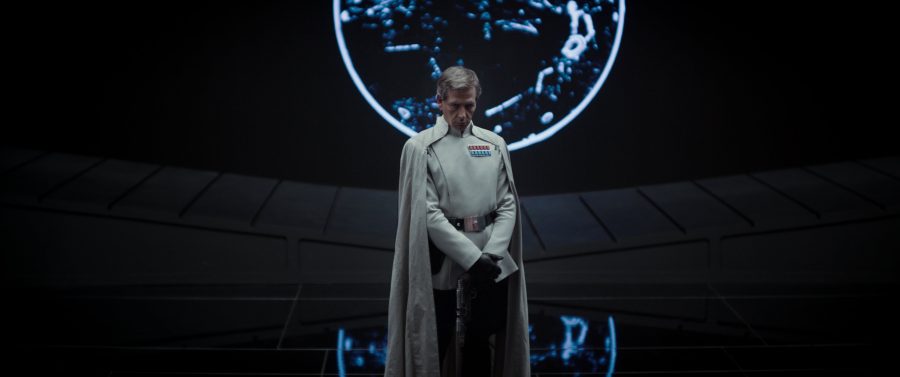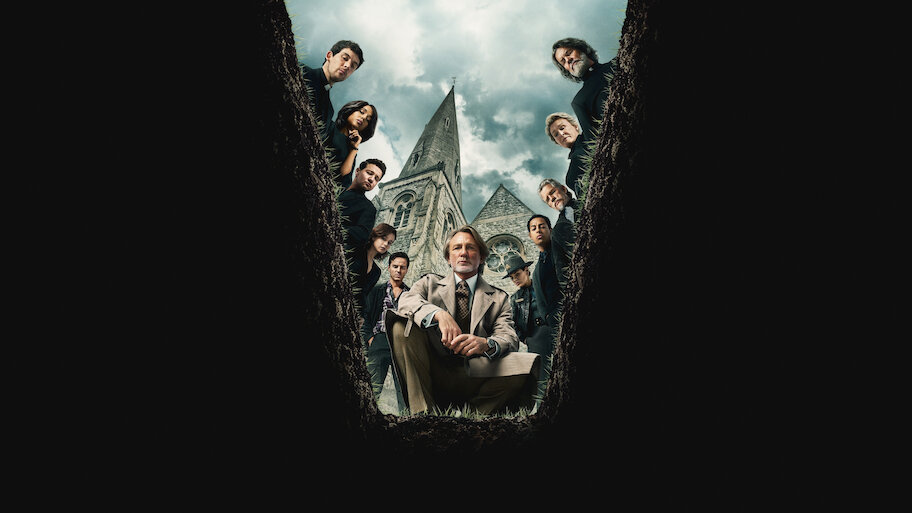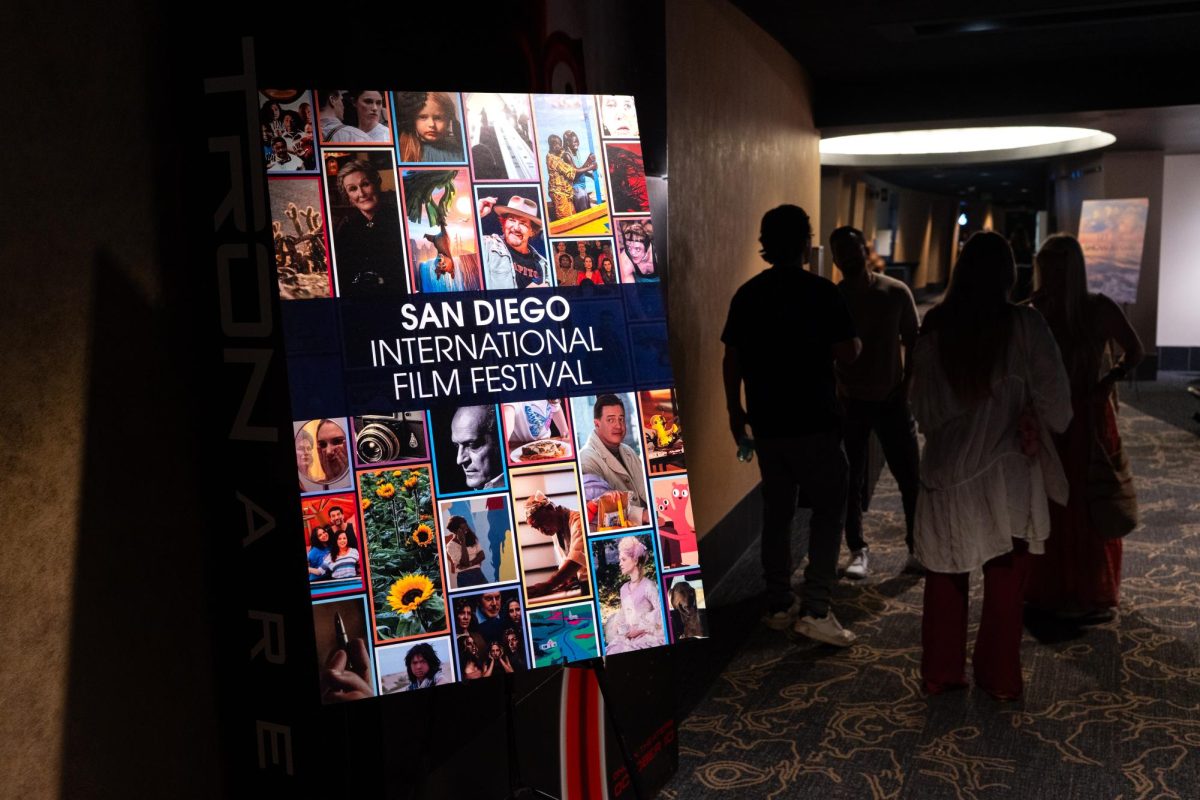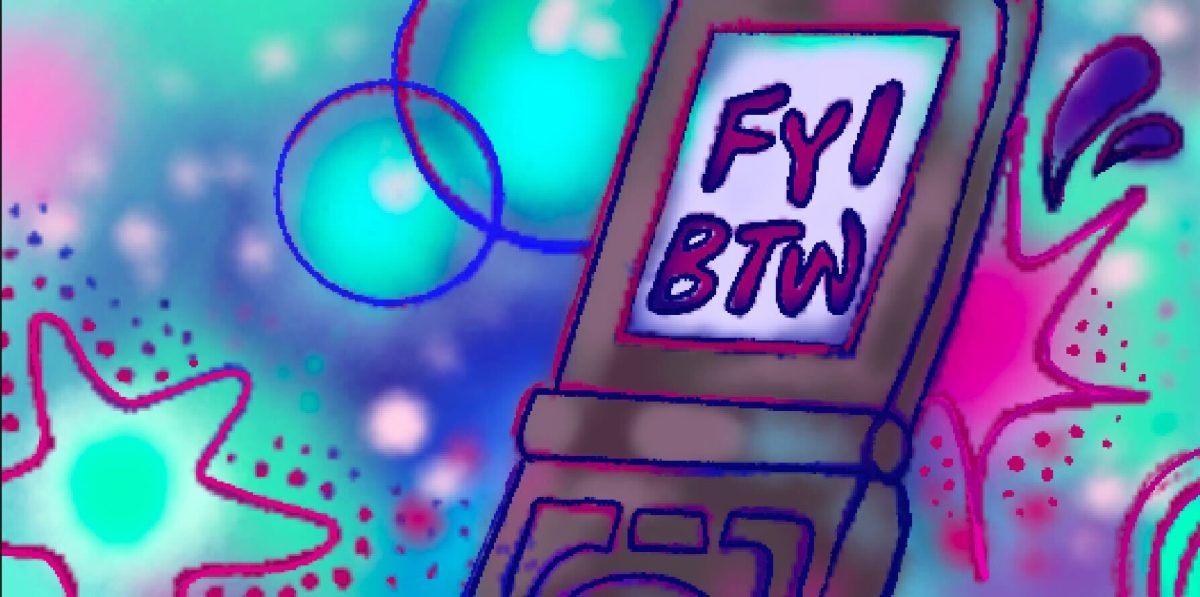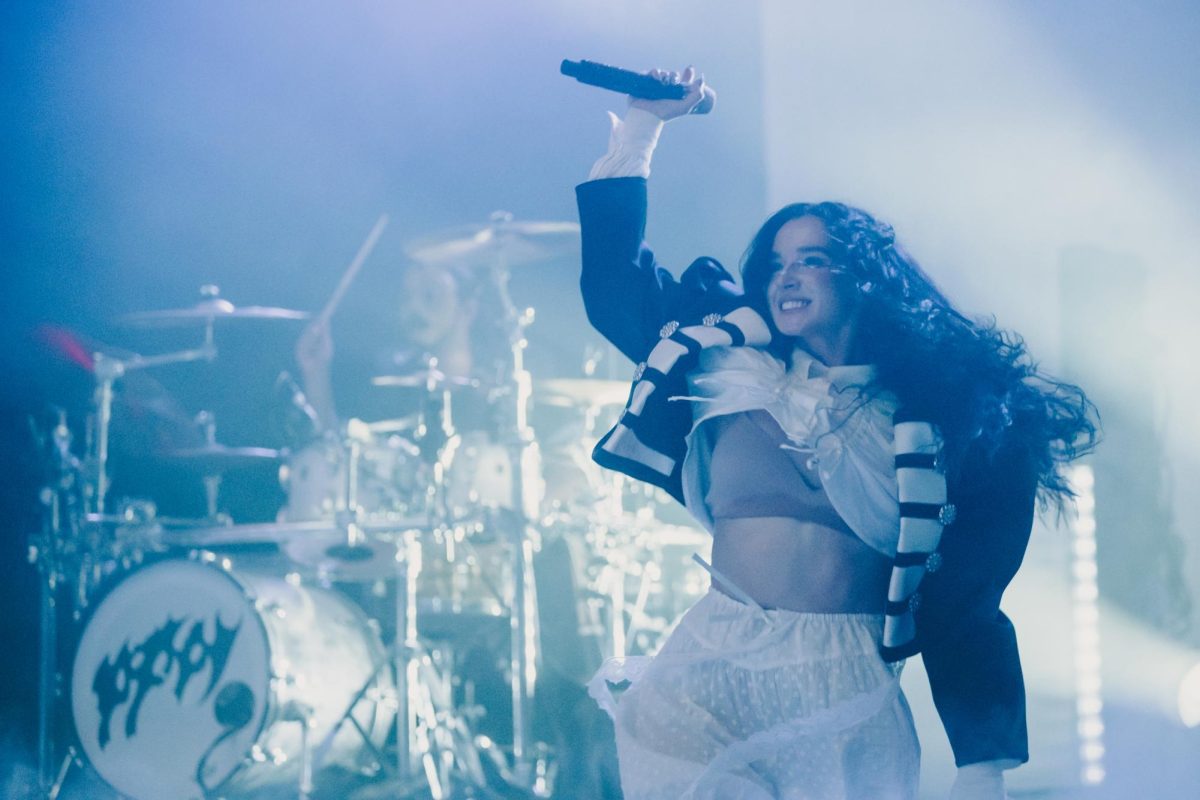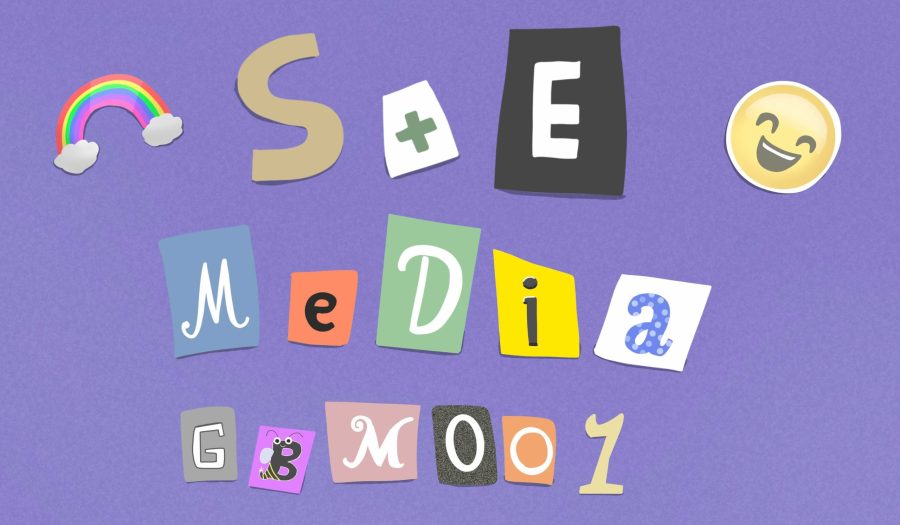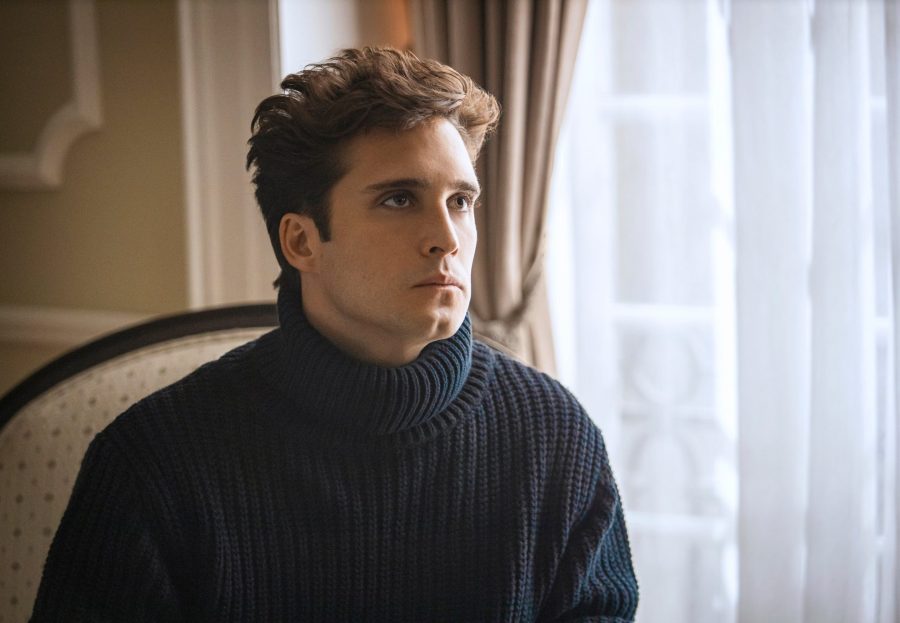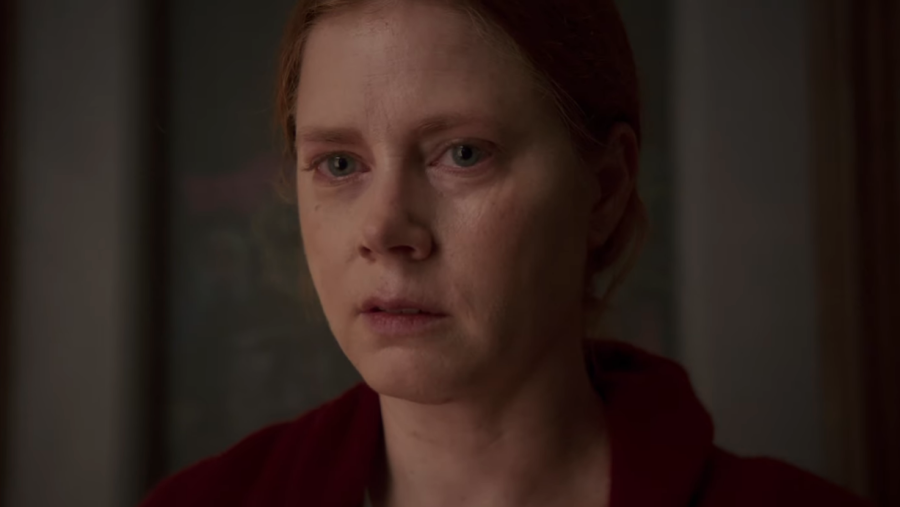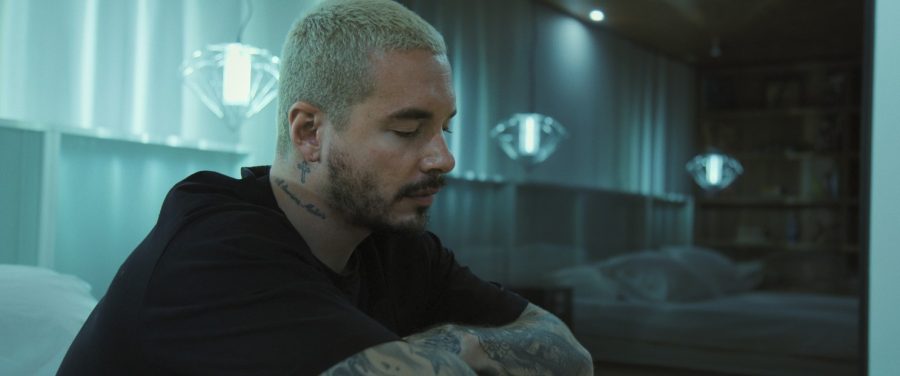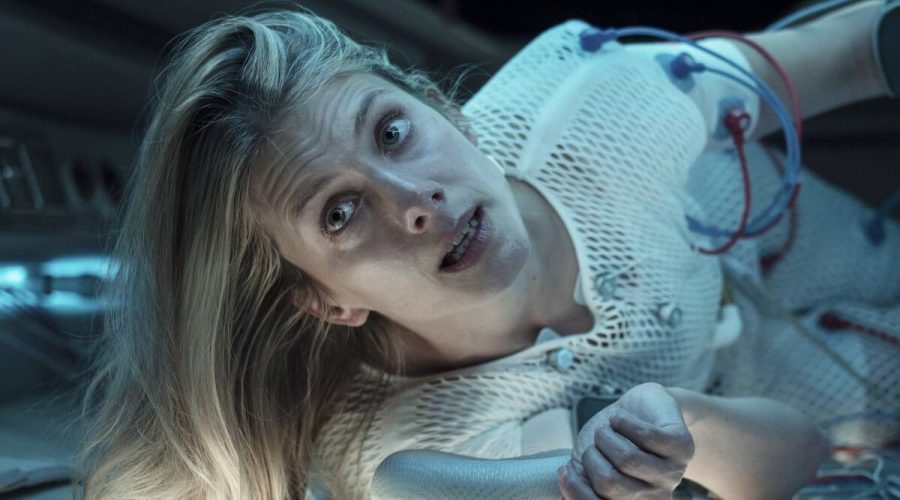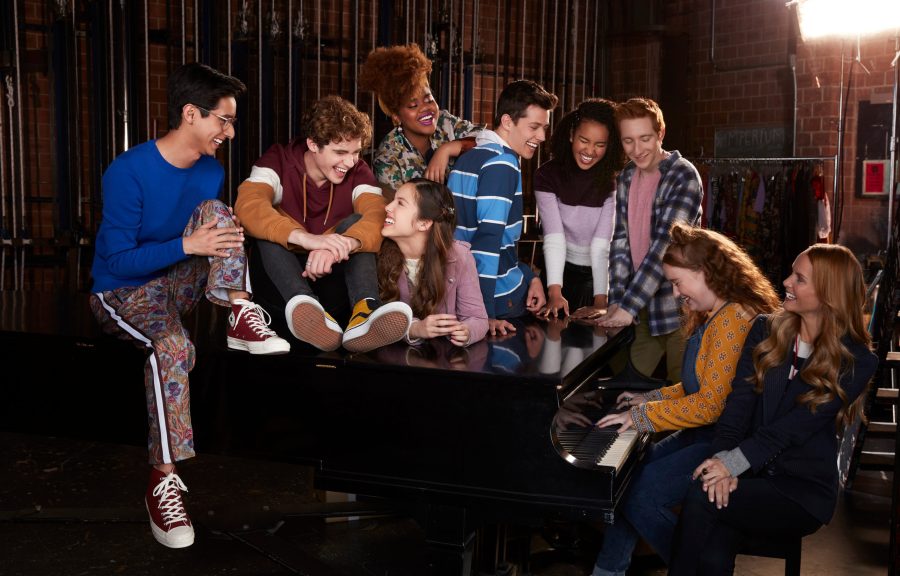The first of several Star Wars anthology films, “Rogue One” is free from the burden of expectation shouldered by “The Force Awakens.” This film was conceived as a war film rather than the Chosen One myth typical of other Star Wars films, and as such, has a much different, more impersonal and less intriguing story to tell. “Rogue One” holds its own as a visual spectacle, and while it is certainly a thrill to be back in a galaxy far, far away, the film is an uninspired filler meant to generate box office revenues while we wait for “Episode VIII.”
“Rogue One” tells the story of the events leading up to “A New Hope,” culminating in the Rebel mission to steal the blueprints for the Death Star. Central to this mission are Jyn Erso, the daughter of the Death Star architect Galen Erso; Captain Cassian Andor; Chirrut Imwe, a blind, force-sensitive warrior-monk; assassin Baze Malbus; and Bodhi Rook, an Imperial pilot and defector to the Rebel Alliance. Their names are certainly confusing, but each character is unique and memorable in their own right. Chirrut Imwe, in particular, steals the show when he takes on a squad of Stormtroopers with nothing more than his staff and his faith in the force substituting for his eyesight. In addition, the cynical droid K-2SO’s stoicism and sarcasm strike a humorous balance.
Much like last year’s “The Force Awakens,” this stand-alone film relies heavily on intertextuality as well as visual and narrative nods to the beloved original Star Wars saga. Thankfully there are no references to Ewoks, but many characters from the old films show up, such as Grand Moff Tarkin, Mon Calamari and even Princess Leia, who utters the word “hope” at the end of the film. All of these tie-ins are a form of visual currency which bolsters nostalgia, the main emotional catalyst of this film. Fortunately, though, “Rogue One” is less reliant on intertextuality than Abrams’ “The Force Awakens,” telling a thoroughly enjoyable and visually rich story that manages to stand on its own feet.
More than any other Star Wars film, “Rogue One” is episodic, with predictable story beats and a simple three-act structure: arrive on a new planet, meet some new characters and battle some Stormtroopers. Regardless, each of these elements is a joy to watch unfold. As mentioned before, “Rogue One” crafts its characters to be as vivid and memorable as possible in the short time the audience spends with them. The aerial action sequences of “Rogue One” are stellar, putting the audience into the heart of galactic combat more so than any other Star Wars film. Director Gareth Edwards doesn’t shy away from spectacle, resulting in an adventure that plays more like a World War II film than a space opera.
With all that said, “Rogue One” is the epitome of a perfectly passable film. No one will be moved to the edge of their seat, shed a tear or walk out of the theater pondering the deeper meaning of this film. “Rogue One” is a thematically vacuous, visually polished and market-tested Star Wars film designed to be a crowd-pleaser and nothing else. And, given its connection to the Star Wars universe, that is all that it needed to be in order to be enjoyable.
Grade: B-
Director: Gareth Edwards
Starring: Felicity Jones, Diego Luna, Mads Mikkelsen
Release Date: December 16, 2016
Rated: PG-13
Image Courtesy of Lucasfilm


